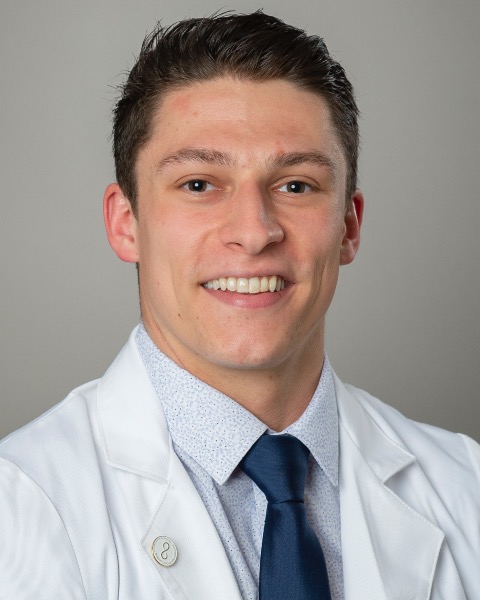Quality Improvement/Patient Safety
Session: Quality Improvement/Patient Safety 5
31 - Merging Automation and Quality of Hand Hygiene in a Children’s Hospital
Monday, May 6, 2024
9:30 AM - 11:30 AM ET
Poster Number: 31
Publication Number: 31.3342
Publication Number: 31.3342

Trevor DiGerolamo (he/him/his)
Medical Student
Eastern Virginia Medical School
Norfolk, Virginia, United States
Presenting Author(s)
Background: The emphasis on hand hygiene (HH) in the setting of healthcare has been commonplace for over a century. Hospitals struggle to measure both frequency and quality of HH amongst medical professionals. Recently, a Solutions for Patient Safety Children's Hospital (a 270-bed facility) implemented an automated HH system using Bluetooth technology called “Wonder Washers” to track bedside HH compliance by dispenser use of soap/Purell by all 1800 healthcare providers and staff.
Objective: In this study, we set out to assess the accuracy and validity of the Wonder Washers system as well as do real-time observation comparisons to help improve the overall quality of HH amongst health care professionals within a standalone Children's Hospital.
Design/Methods: Two medical students were trained in the standard job instructions for appropriate Purell and soap HH. Discrete observation throughout the hospital were done day and night with recorded data of unit, job role, provider entering or exiting the room, method of HH, correctness of the HH, and overall quality of HH. Data was collected and placed in both tabular and graphic format using quality tools. Additionally, all HH data from Wonder Washers was collected through badges worn by all staff to document opportunities and overall compliance with obtaining soap/Purell and fed to a dashboard available online for comparison.
Results: A total of 477 separate observations were done from May 16, 2023 - 29 June 2023, with 330 of those observations from day shift and 147 from night shift. Overall compliance with obtaining Soap/Purell when entering and exiting patient’s rooms was 76% (366/477). However, when focusing on the quality of HH those using Purell were at 59% (217/367) and those using Soap 67% (14/21) (Figure). Top two reasons for poor HH were length of time washing/rubbing and insufficient dose from Purell dispenser (Figure). The automated HH system “Wonder Washers” tabulated over the same time period over 1.7 million opportunities with similar Purell and Soap percentage use, but had a compliance rate of only 45% (Figure).
Conclusion(s): The data suggest that there is significant room for improvement within this Children's Hospital regarding quality of HH. Further analysis will be done with our vendor to validate/improve the Wonder Washers system recording accurate data as our manual observations, understanding that the Hawthorne effect may have played a limited role. Quality of HH is best improved by real time intervention and “just in time” feedback to be most successful.
.png)
.png)
.png)
